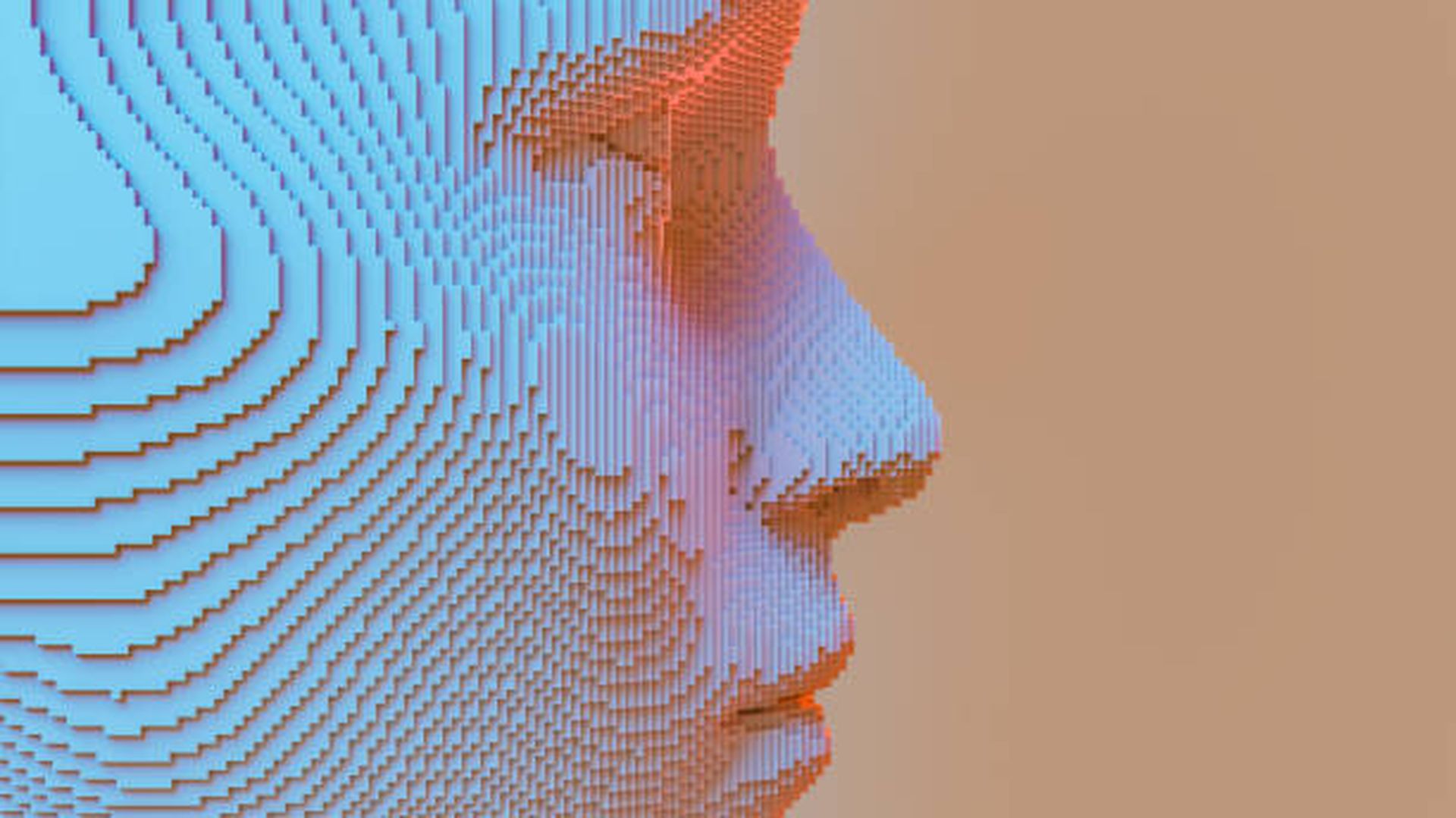By description, generative art NFTs are digital artworks developed using algorithms and minted as unique tokens on the blockchain.
Generative art, developed through autonomous networks, generates distinct pieces of art by following a set of programmed instructions and rules. Once created, the artworks are minted as non-fungible tokens (NFTs) on a blockchain, offering a secure, verifiable record of ownership and authenticity.
The inception of generative art within the digital era represents a considerable shift in artistic distribution and creation. Artists now leverage complex computational processes and programming languages, including Processing, p5.js, and Python, to generate exquisite art that can evolve or respond to different external inputs.
This strategy of art creation increases the boundaries of traditional art by launching elements of randomness, interactivity, and complexity, supporting an unlimited variety of outcomes and making every piece of generative art unique.
The blending of NFTs with art has helped revolutionize the way digital artworks are validated, owned, and traded. The use of blockchain technology to mint non-fungible tokens has considerable implications for collectors and artists, offering a new way for monetizing digital creations and investing in digital art. The secure and transparent nature of blockchain guarantees the provenance of every piece, offering a level of authenticity and scarcity previously challenging to achieve in the digital space.
How Generative Art NFTs Are Created
Artists utilize algorithms to dictate the creation of generative art, which gets minted as a distinct NFT on the blockchain.
Generative art NFTs are the product of a symbiotic relationship between technology and art, where the creative process is intermediated by computer algorithms. Artists define a set of rules and write a computer program using programming languages. These rules dictate how the visual elements of the artwork are generated, including colors, shapes, movements, and patterns.
Moreover, generative art NFTs rely mainly on creative coding to produce dynamic, unique artworks. This enables to production of initial variations and the potential for the art to evolve based on time and user interaction.
Also, they integrate elements of randomness to guarantee that every NFT is distinct, while also adding parameters to help in guiding the general aesthetic and guarantee it aligns with their vision. Popular creative coding tools include openFrameworks, NodeBox, and Max/MSP.
The results of this artwork are minted as an NFT, a process that mostly transforms the digital artwork into a distinct asset on the blockchain. The minting process involves the development of a digital certificate of ownership that is tamper-proof, which guaranteed that the artwork is authentic and scarce.
Related: What Is Generative AI And Why Is It Gaining Popularity?
A collector buys the NFT; the purchase triggers the smart contract, executing the generative code on-chain. The code uses randomness based on factors like transaction details and block data, creating a unique, one-of-a-kind version of the artwork, particularly for the collector.
Why Generative Art NFTs Are Unique
Generative art NFTs are distinguished by their algorithm-driven creation process, guaranteeing every piece of art is unique and dynamic.
Generative art NFTs stand out because they have inherent uniqueness and the dynamic processes behind their development. Every piece is the result of a complex interplay between algorithms, artist-defined parameters, and a times, random elements or real-time data inputs. This guarantees that even with the same set of rules, the outcomes can vary considerably, resulting in truly unique artworks.
Digital Scarcity In Art
Digital scarcity is an integral concept that has been made tangible via blockchain technology. In the space of art, it refers to the ability to prove the limited existence, ownership, and originality of digital assets in a world where digital replication is smooth and universal. Generative art NFTs leverage the concept by using blockchain to help certify and record every artwork’s distinctness and ownership.
Tokenized Art
When art is tokenized and represented as non-fungible tokens on the blockchain, it gains a distinct identity via its metadata, which features information like the creator’s identity, creation date, and extensive ownership history. The metadata cannot be altered, guaranteeing the artwork’s provenance and authenticity are preserved indefinitely.
For generative art, the tokenization process is critical, as it asserts the originality of every piece but also secures the distinct parameters and conditions under which the artwork got generated.








